SLVS913E January 2009 – January 2016 DRV8823
PRODUCTION DATA.
- 1 Features
- 2 Applications
- 3 Description
- 4 Revision History
- 5 Pin Configuration and Functions
- 6 Specifications
- 7 Detailed Description
- 8 Application and Implementation
- 9 Power Supply Recommendations
- 10Layout
- 11Device and Documentation Support
- 12Mechanical, Packaging, and Orderable Information
Package Options
Mechanical Data (Package|Pins)
- DCA|48
Thermal pad, mechanical data (Package|Pins)
- DCA|48
Orderable Information
8 Application and Implementation
NOTE
Information in the following applications sections is not part of the TI component specification, and TI does not warrant its accuracy or completeness. TI’s customers are responsible for determining suitability of components for their purposes. Customers should validate and test their design implementation to confirm system functionality.
8.1 Application Information
The DRV8823 can be used to drive two bipolar stepper motors.
8.2 Typical Application
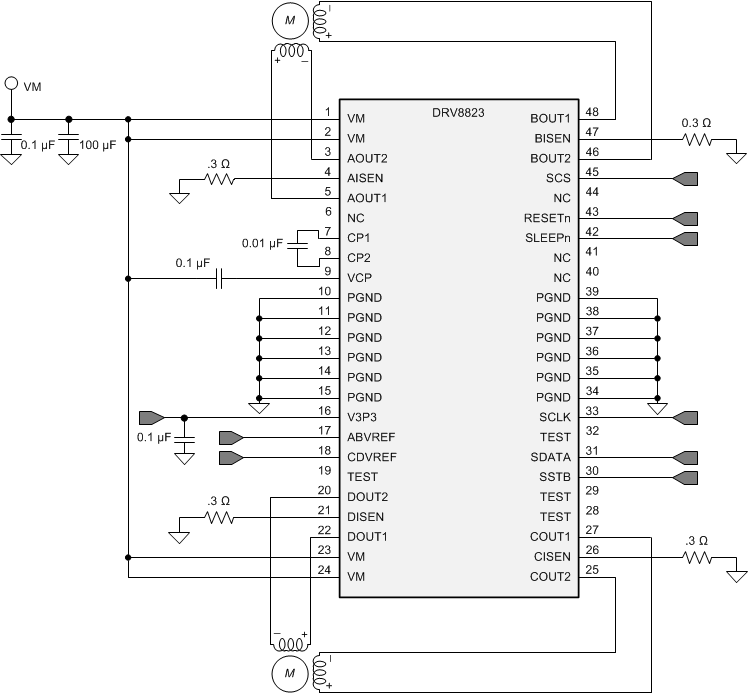 Figure 14. Typical Application Schematic
Figure 14. Typical Application Schematic
8.2.1 Design Requirements
Table 5 shows the design parameters.
Table 5. Design Parameters
| DESIGN PARAMETER | REFERENCE | EXAMPLE VALUE |
|---|---|---|
| Supply voltage | VM | 24 V |
| Motor winding resistance | RL | 7.4 Ω/phase |
| Motor full step angle | θstep | 1.8°/step |
| Target microstepping angle | nm | 1/8 step |
| Target motor speed | V | 120 rpm |
| Target full-scale current | IFS | 1 A |
8.2.2 Detailed Design Procedure
8.2.2.1 Motor Voltage
The appropriate motor voltage will depend on the ratings of the motor selected and the desired torque. A higher voltage shortens the current rise time in the coils of the stepper motor allowing a greater average torque. Using a higher voltage also allows the motor to operate at a faster speed than a lower voltage.
8.2.3 Drive Current
The current path running to the motor starts from the supply VM, then goes through the high-side sourcing NMOS power FET, moves through the inductive winding load of the motor, then through the low-side sinking NMOS power FET, and finally going through the external sense resistor. Power dissipation losses in both NMOS power FETs inside of the DRV8823 are shown in the following equation: Equation 2.
The DRV8823 has been measured to be capable of 1.5-A continuous current with the HTSSOP package at 25°C on standard FR-4 PCBs. The max continuous current varies based on PCB design and the ambient temperature.
8.2.4 Application Curves
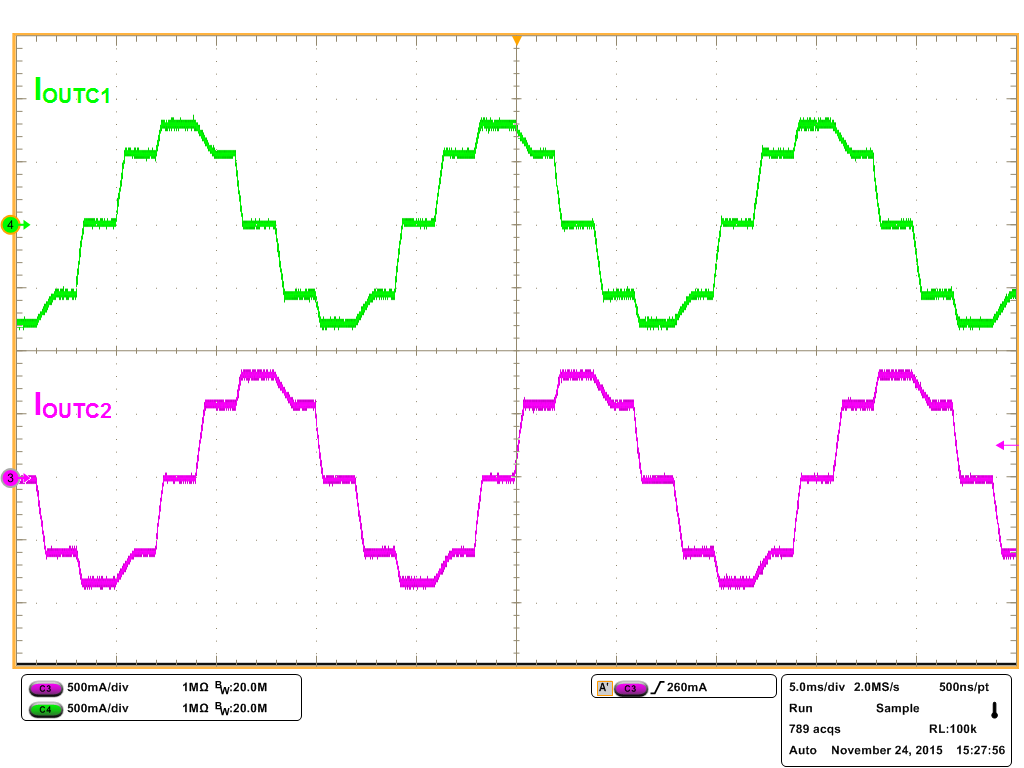 Figure 15. ½ Step Microstepping With Slow Decay
Figure 15. ½ Step Microstepping With Slow Decay
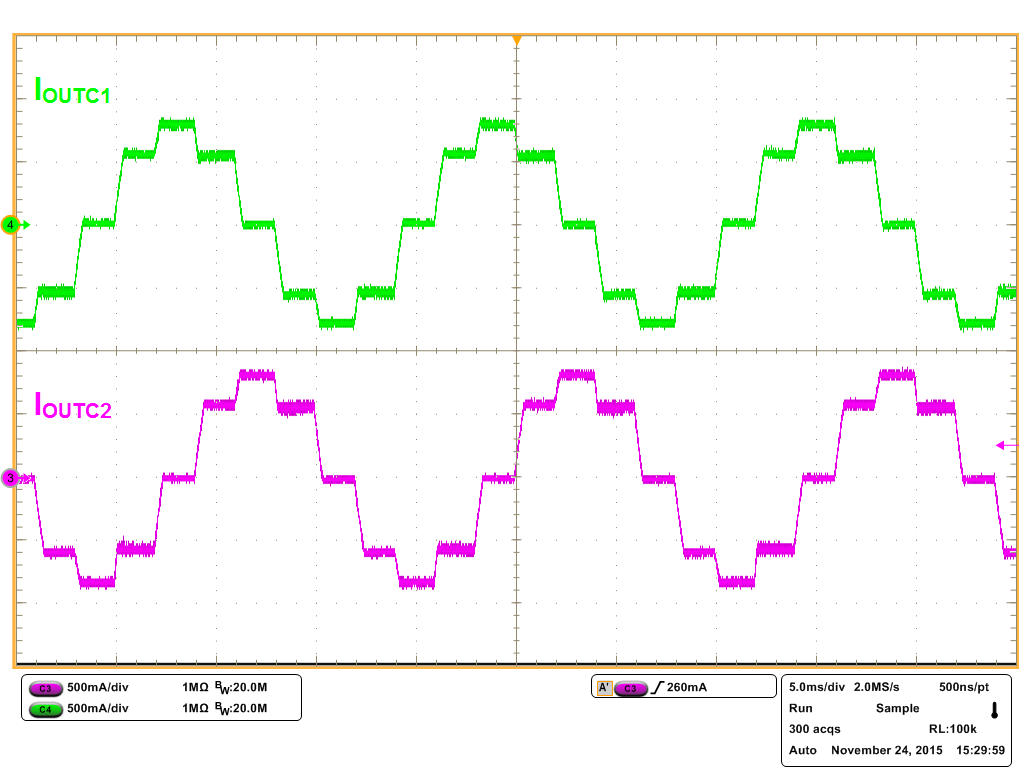 Figure 17. ½ Step Microstepping With Mixed Decay
Figure 17. ½ Step Microstepping With Mixed Decay
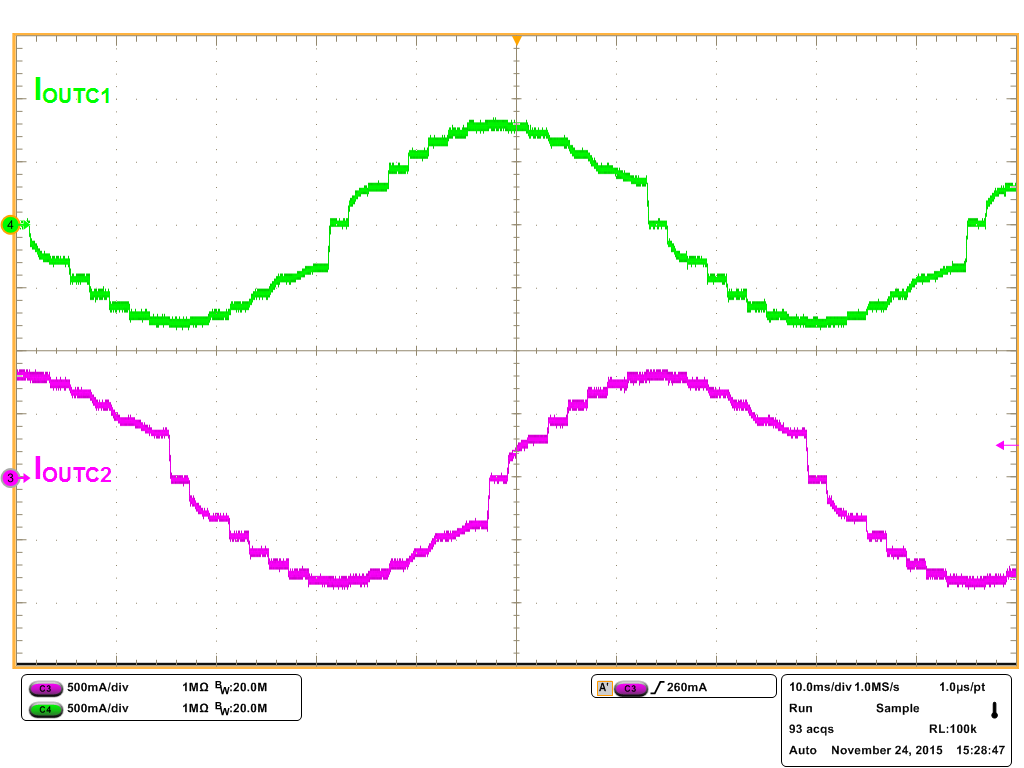 Figure 16. 1/8 Step Microstepping With Slow Decay
Figure 16. 1/8 Step Microstepping With Slow Decay
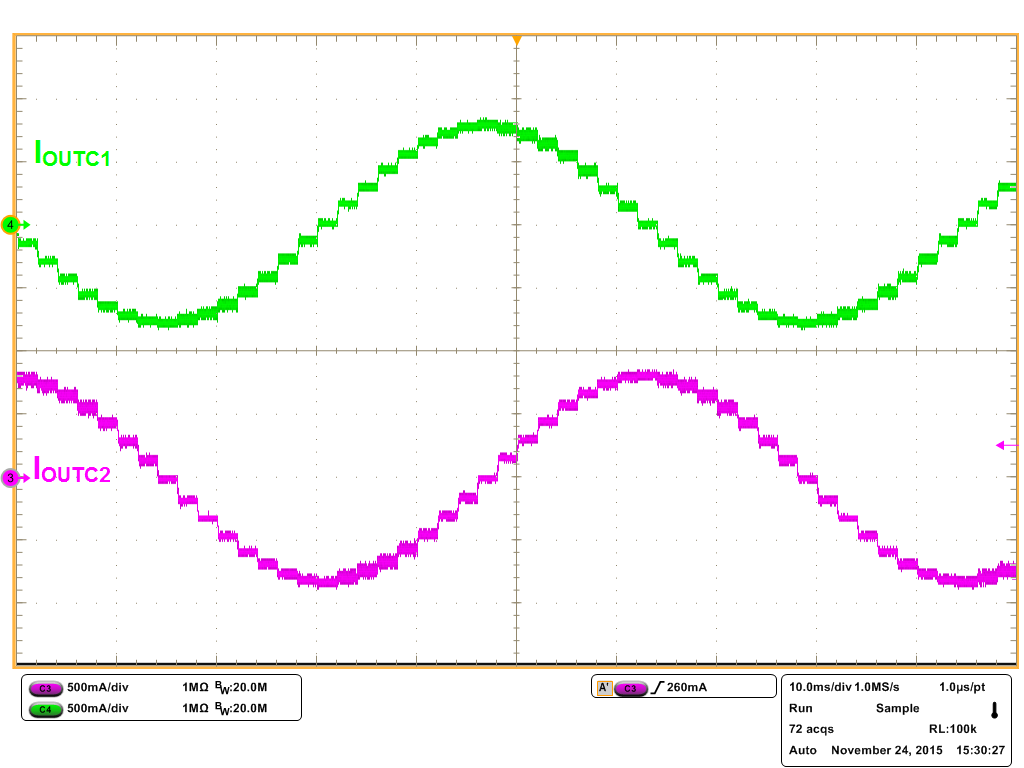 Figure 18. 1/8 Step Microstepping With Mixed Decay
Figure 18. 1/8 Step Microstepping With Mixed Decay